How does a creative person stay creative for decades?
There are few fashion designers so consistently creative as Dries Van Noten, and fewer still with anywhere near his longevity. In March, the Belgian designer staged his celebratory 100th fashion show, a remarkable milestone in an industry known for its relentless churn through trends and talents. To commemorate the achievement, three decades in the making, a new book that looks at every one of his shows is hitting shops, while a German filmmaker made Dries, a documentary about the designer and his vision.
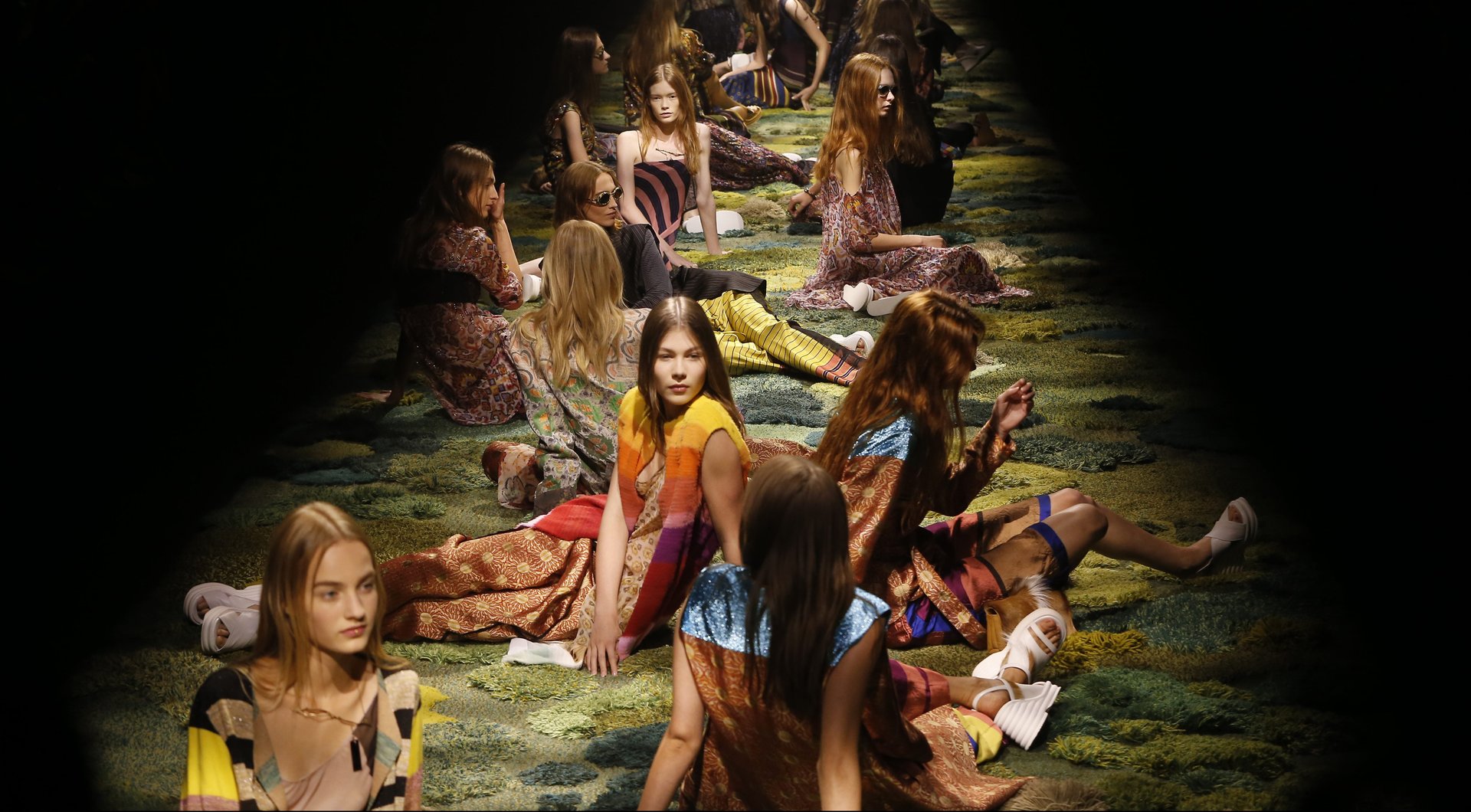

There are few fashion designers so consistently creative as Dries Van Noten, and fewer still with anywhere near his longevity. In March, the Belgian designer staged his celebratory 100th fashion show, a remarkable milestone in an industry known for its relentless churn through trends and talents. To commemorate the achievement, three decades in the making, a new book that looks at every one of his shows is hitting shops, while a German filmmaker made Dries, a documentary about the designer and his vision.
Recently, at the New Yorker Festival in New York City, Van Noten spoke in his Flemish-tinged accent about why he has kept his business independent, and why gardening is so important to him. He also offered insight on a topic he is particularly well-suited to address, which is how to stay creative over the long term—no simple feat for a designer who thrives on spontaneity.
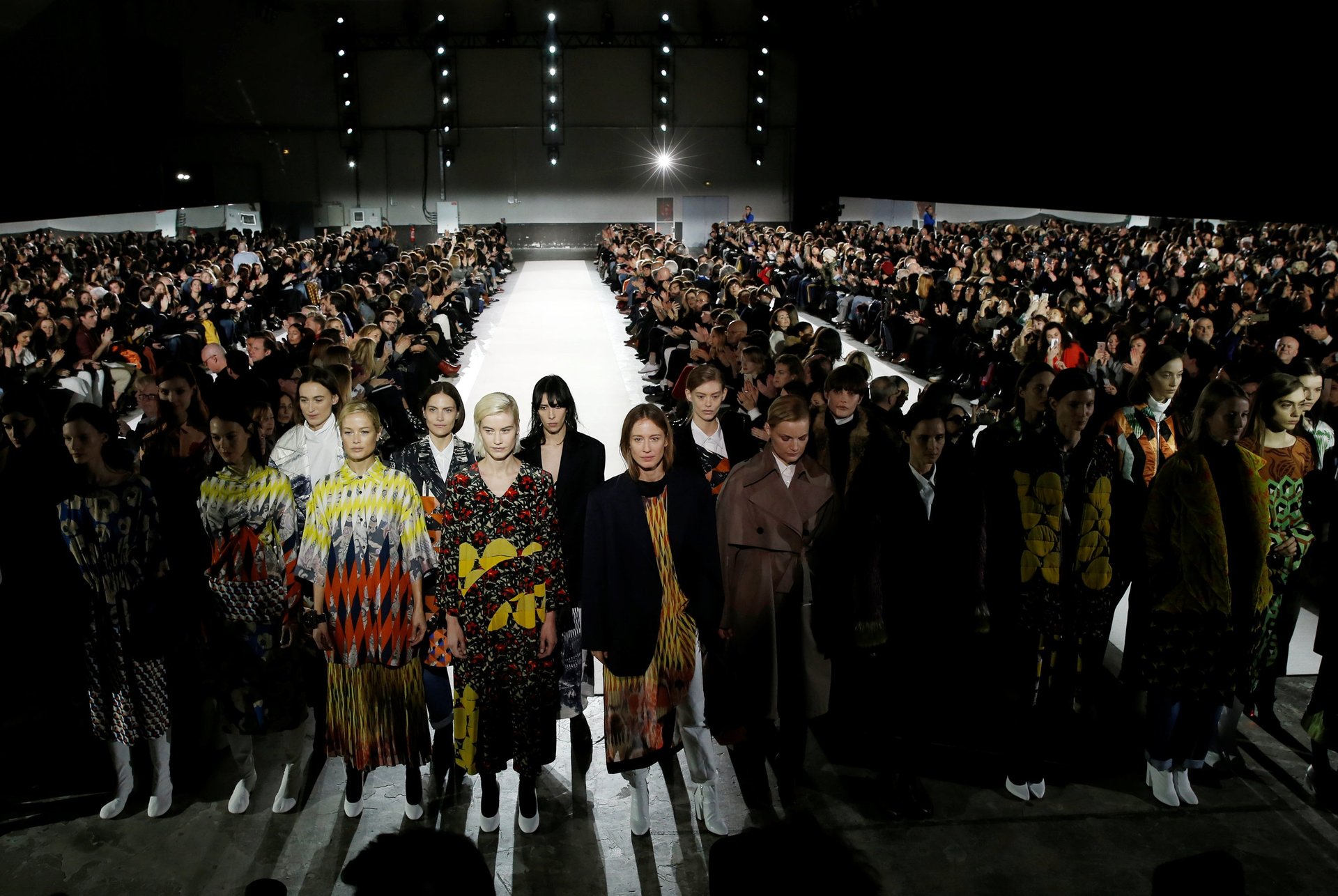
Van Noten is not a purveyor of creativity “hacks” or magic-bullet solutions. “It’s not a strategy,” he said. “Strategy would imply that there is kind of a system, and that I was kind of role playing. For me, it is something which is just inside me.”
Still, his comments offer plenty of hints that could be useful to creatives in fashion and other fields.
Surround yourself with people who challenge you
When asked directly how he has remained creative over a career that has lasted more than 30 years, Van Noten said the team he surrounds himself with has been crucial.
They have to challenge me. They have to be open to shock me, to surprise me. I have my starting points, I say ‘Ok, this is what I want to work on,’ and then they have to ask me why, what, how? If I say, ‘Ok, this is the color card,’ then I say like, ‘Now we want to inject purple with it.’ Well why? Is there a reason? ‘Yes, because this and this and this and this.’ You have to refer to an artist which I’ve never heard of—all these things. And that’s the thing which is the most fun of it. You can really talk with people and stimulate each other to go further and further. That’s what keeps me challenged.
Let the thrill of the new spur you on
The designer spoke about what pushes him to continue, and what has been important to his own evolution as an artist. A big motivator, he explained, is that he keeps finding new people he wants to work with, or techniques he wants to explore. This process of discovery feeds his desire to make things he hasn’t before.
At one point, as he discussed developing the incredible fabrics he’s known for, he described visiting old mills in Lyon, France:
There are a few surviving [manufacturers in Lyon] luckily enough who still use the weaving mills still made in wood from 1890 and all these things, so every time when we go there we see things and I say, ‘Oh my goodness, I have to continue. I have to make new collections because all those opportunities that we have.’ There is now one which we discovered a few seasons ago. I didn’t find yet the right collection to use really his fabrics, but he’s making velvet jacquards that are amazing. They are really so beautiful. To my team I say always like, ‘Maybe not this time, but next time we really have to work together with those manufacturers.’
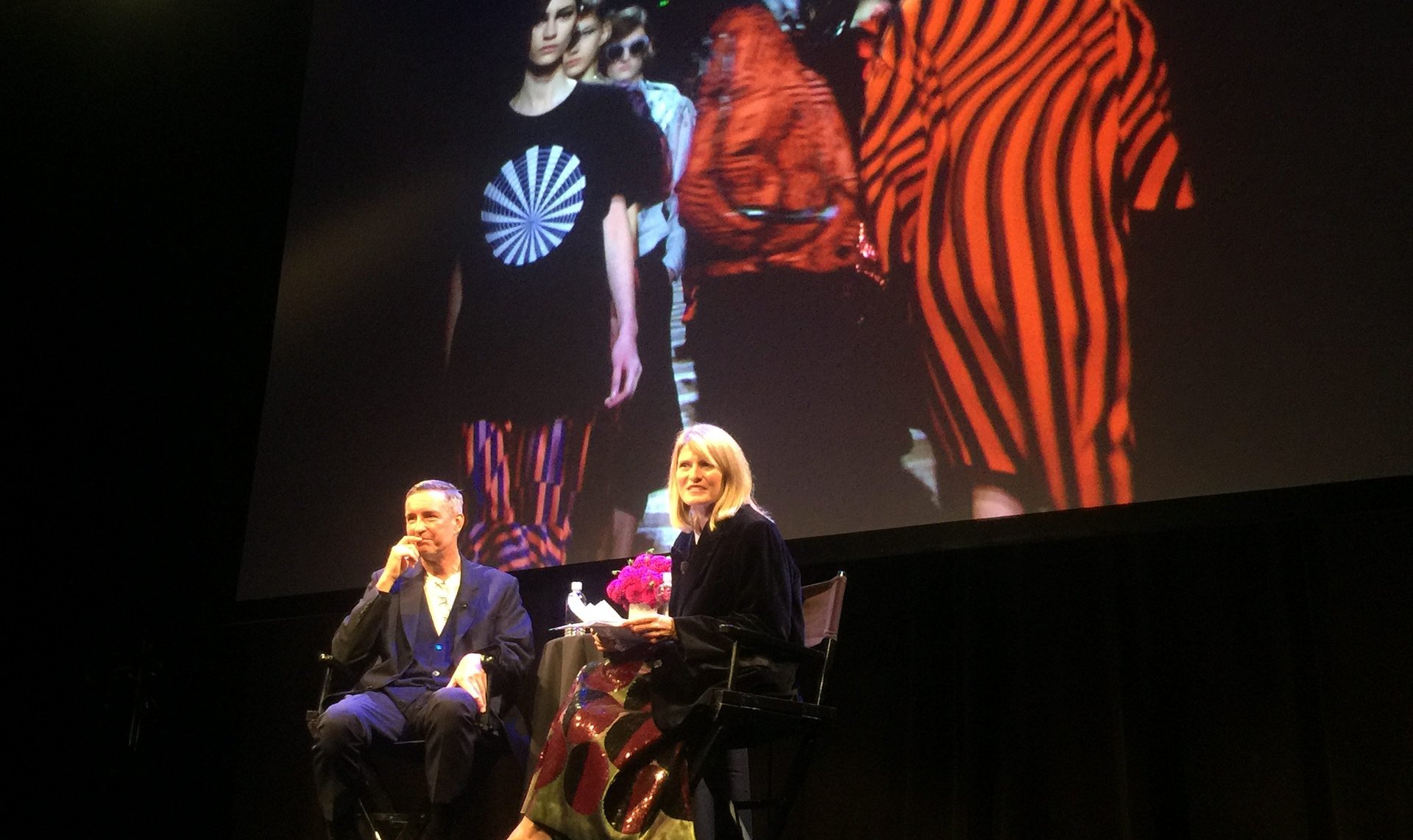
Avoid “perfection” at all costs
A major theme throughout was Van Noten’s need to challenge himself and his audience. He said he’s scared of perfection and things that are “absolutely beautiful,” because they easily become boring. Designing in a way that is slightly “off” is one of the keys to his creative process, and part of the way he keeps his work fresh season after season:
You have to have disturbing elements. You have to have something that you’re forced to question yourself, and in that way that’s what I like to do. When you have a starting point in the collection, just following that starting point is then too easy. Then it’s just like ok you have A, you have B, you have C, and everything sounds [logical]. But then I think you miss kind of your viewpoint…I think it’s important because I also want to work in a way that fashion goes forward. I don’t want to stand still and do every time the same thing. I want to do things which are true to myself, but I want also there’s this kind of an evolution in things that I do. In that way there’s always something which is kind of disturbing, mixing up things.
Give yourself the freedom to fail
Working in this way doesn’t always translate to outward success, Van Noten admitted. He once designed a collection based on the work of the painter Francis Bacon that mixed together colors such as mustard, pale lilac, and “shrimp.” It did not sell as he’d hoped.
But he said it’s still one of his favorite collections, a risk—and a creative gift—he allowed himself:
It was not the most commercial collection I ever made. But still when I look back to it, sometimes you have to say— That’s the big advantage of being independent, we can take risks. I take risks. I can really take my own decisions and say ‘Ok, now I want to do this for me in my cultural and my creative evolution. It’s important that I do this collection.’ And then we do that, and sometimes you’re surprised and it’s a very well-received collection and very commercial one, and sometimes it’s just a little difficult.
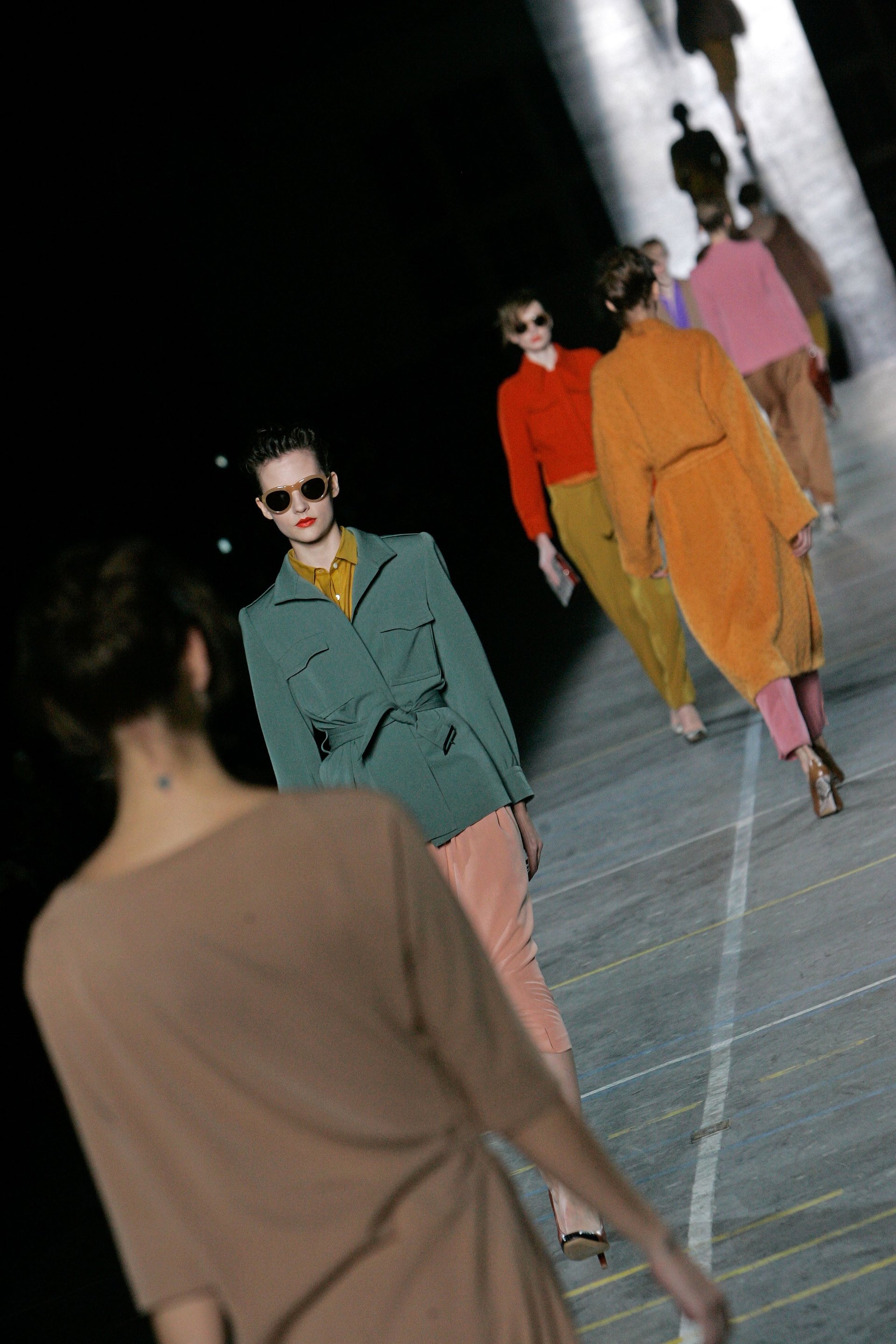
Cast a wide net for inspiration, but focus on specifics
Dana Goodyear, the New Yorker writer who moderated the talk, aptly described Van Noten’s inspirations as “freewheeling, specific, intuitive.”
And indeed, Van Noten looks to anything and everything as possible inspiration, but what he ultimately focuses on are particular details rather than broad, nebulous concepts. His source material has included traditional bed coverlets that Pakistani women make for their sons’ brides-to-be; the question of what it would be like if Oscar Wilde and Frank Zappa had a conversation; and the relationship between Italian heiress Marchesa Casati and poet Gabriele D’Annunzio.
Van Noten explained:
We start always from a different element. I always say, I don’t want to be trapped, that I start to make fashion following a certain system. Every collection which I make has to be spontaneous, and we have to give ourselves the chance—when I talk about ‘we’ we talk about my team and me—we have to give ourselves the possibilities of thinking in a very free way. So fabrics of course can come from everywhere. Sometimes I’m inspired— In the past I’ve been inspired by a paper wrap of a toilet roll, which I found in a store somewhere in Marrakech.
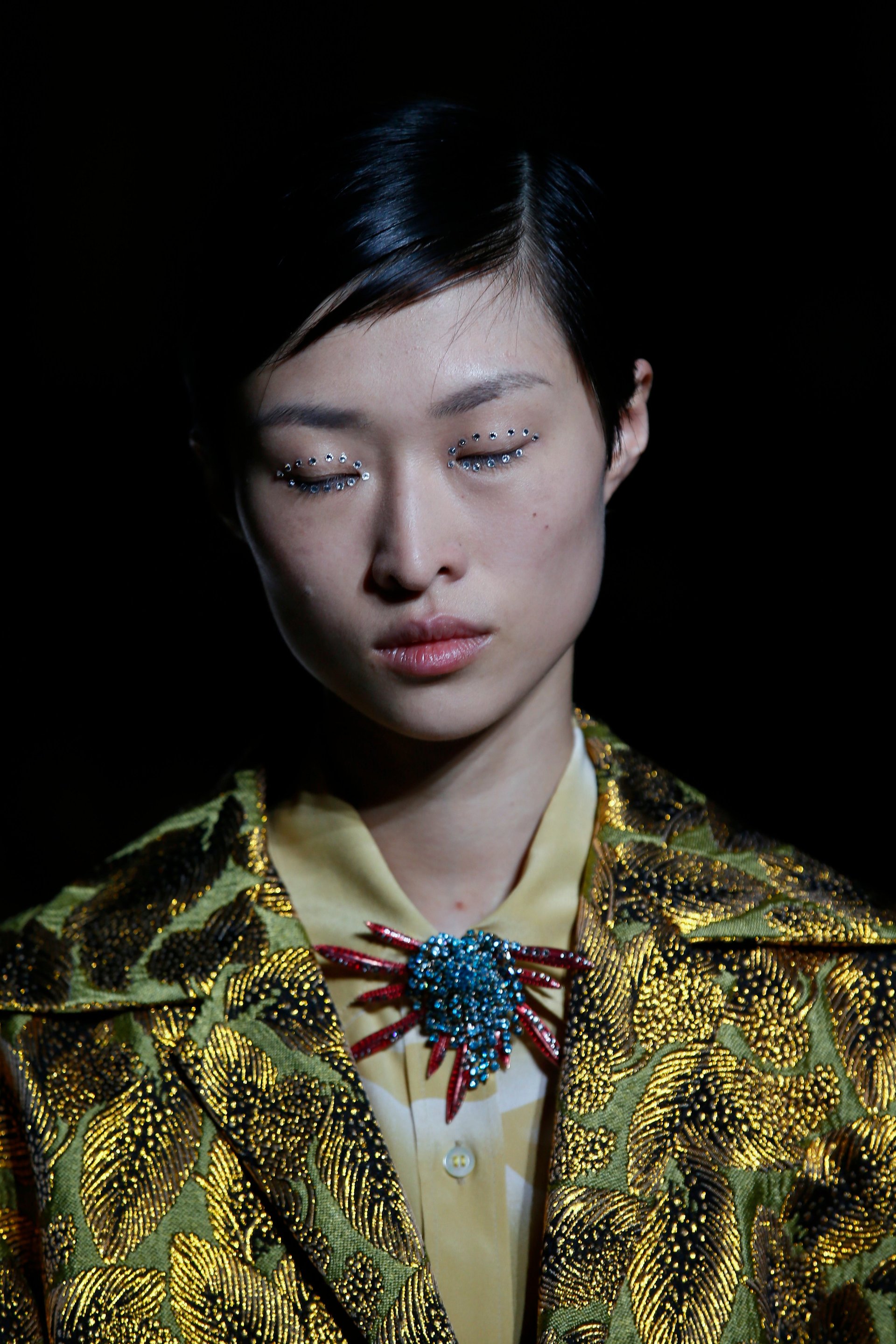
It doesn’t hurt, of course, that Van Noten is immensely talented. But he also put in years of work learning his trade, and continues to have new ideas and find new ways to express them. Van Noten’s endless curiosity, his willingness to take risks and to challenge himself and his customers, have led him to a long and immensely successful career that he has managed on his terms, not anyone else’s. And it isn’t anywhere near over.